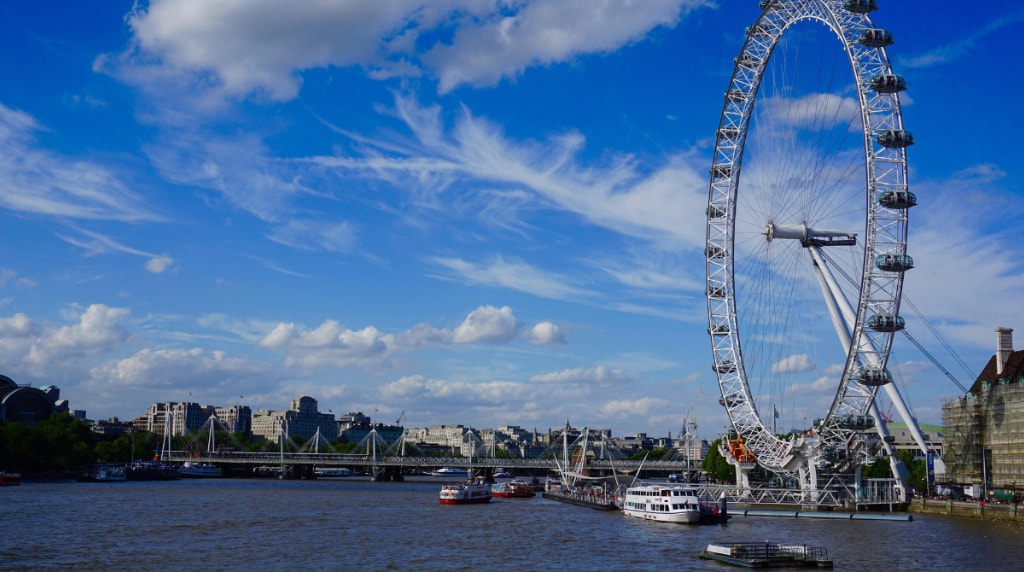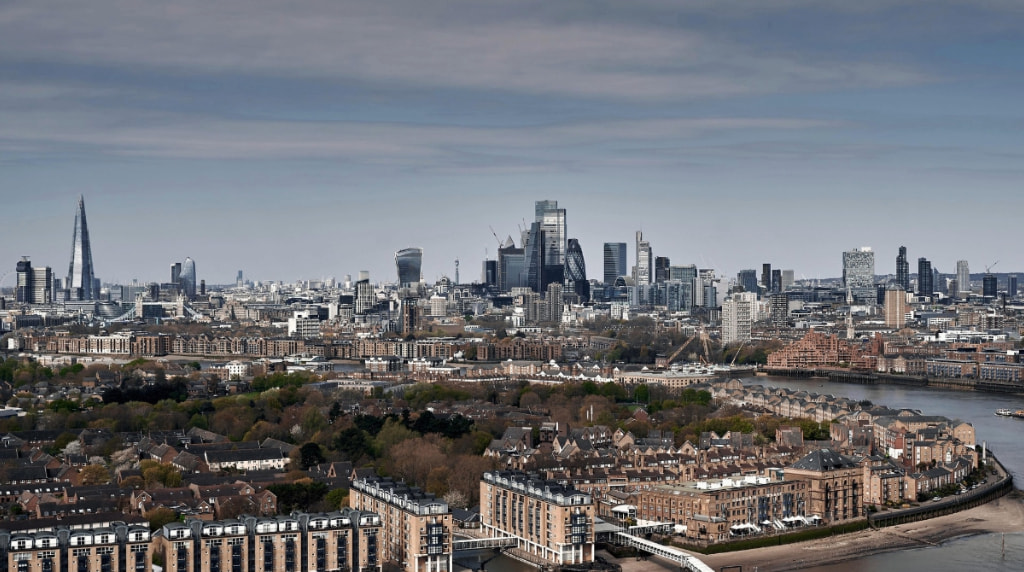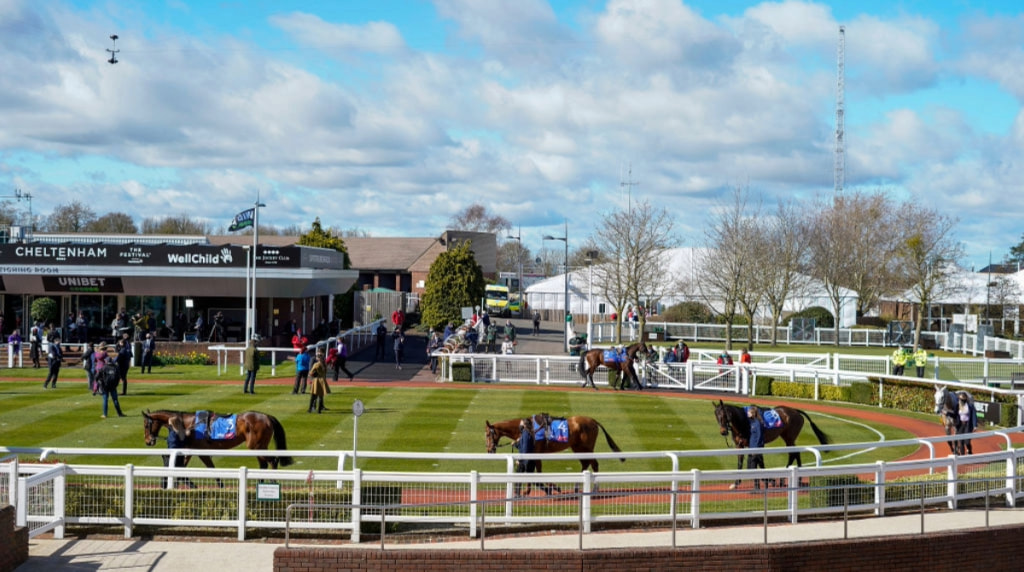Banking On Quirky Dutch Formula 1 Circuit to Create Carnage
This weekend, from Belgium’s Spa-Francorchamps, the Formula 1 circus has moved to the second installment of a triple header to Zandvoort, Holland. The Dutch Grand Prix returned to the Formula 1 calendar last year after a 36-year absence. It proved a cakewalk for the local hero, Max Verstappen.

Max Verstappen riding high around one of Zandvoort’s banked corners during the 2021 Dutch Grand Prix. ©RedBullContentPool
The Zandvoort track layout stands out as one of the most unusual circuits on the 2022 Formula 1 calendar. It has a fast, flowing and old-school feel. There is a mix of corner speeds that put many aspects of car performance to the test. It is also an undulating track, rising and falling between sand dunes, with a rollercoaster-like vibe similar to Portugal’s Portimão Circuit.
Go Dutch on Pitstops Strategy
One of the most striking elements of Zandvoort is the super-fast, steeply banked turns 13 and 14. The 18-degree banking – twice as steep as the Indianapolis Motor Speedway – will add significant load to the tires through this section. It will impact the durability and life of the tire compounds. Consequently, most drivers are expected to take two pitstops during this race.
Starting the race on the yellow-marked medium tires for a 12-17 lap opening stint before changing to the red-marked soft tires – until lap 30 – and then returning to the yellow tires for the remainder of the race appears to be the optimum strategy.
Any driver employing a one-stop strategy will probably begin on soft tires and take their single pitstop between laps 18 and 24 when applying white-marked hard tires for the rest of the 72-lap contest.
Stating the Case for a Safety Car

The first two laps of this season’s Monaco Grand Prix were raced behind the Safety Car. Could Sunday’s Dutch Grand Prix start the same way? ©GettyImages
But these plans could quickly become redundant if a Safety Car is called into action at any point of Sunday’s race. Its use is rated a 1/2 chance by the best sports betting sites. Last year’s contest did not require a Safety Car, but plenty of factors suggest it will be used this time.
This track is narrow and it will necessitate a Safety Car if a race car is broken down or stranded alongside any part of the raceway. Gravel traps could easily beach a spinning car, and the pièce de resistance is the current weather forecast. It suggests rain is possible during the afternoon.
If the circuit is wet at 3 pm on Sunday, officials can opt to start the race behind a Safety Car. Should this happen, most online betting sites will automatically classify this bet as a winner. Additionally, if rain does land during the race, the track surface could quickly become slippery and hazardous.
Zandvoort Circuit sits on the edge of the North Sea amongst dunes. It means the weather and wind direction is changeable and sand – that mixes well with water to put a slippery layer on tarmac – can be blown onto the track. What better way to entice an incident that will result in the use of the Safety Car?
Classified Numbers Are a Safe Bet
Bookmakers have set a few lines on the total number of race finishers. 17 cars saw the checkered flag in this race last year and 17 has been the mode average of race finishers this season. This makes the 8/11 offered by the best online betting sites about under 17.5 race finishers a good proposition.
An alternative line is under 16.5 race finishers. Should our Safety Car prediction prove correct, this could pay a handsome dividend. 11/8 is on offer about the outcome and the bet has already been a winner four times this season.
The British and Saudi Arabian Grand Prix had just 14 classified finishers. Azerbaijan and French Grand Prix saw 16 drivers given ‘race finisher’ status. In some cases, even fewer cars saw the checkered flag. But, in Formula 1, a driver only needs to complete 90 percent of the race laps to be given a ‘classified finisher’ status.



